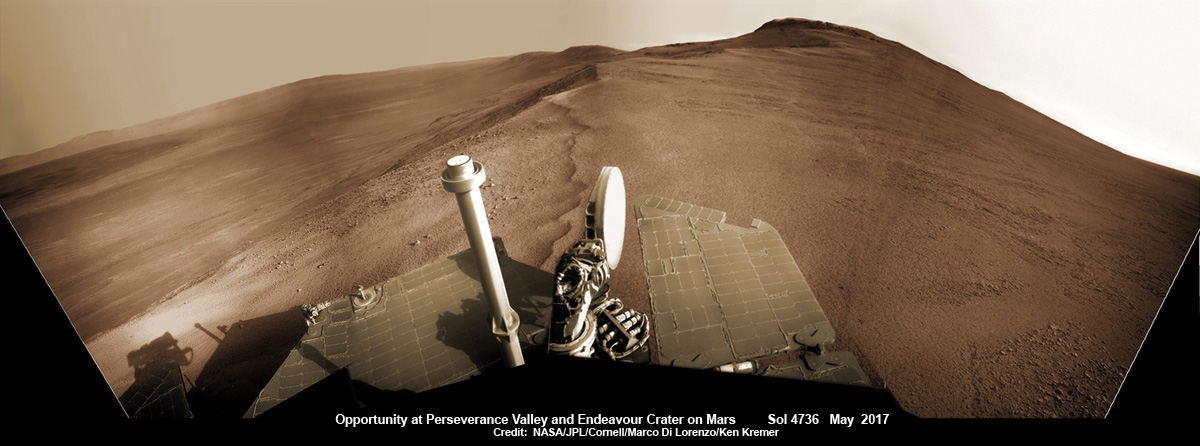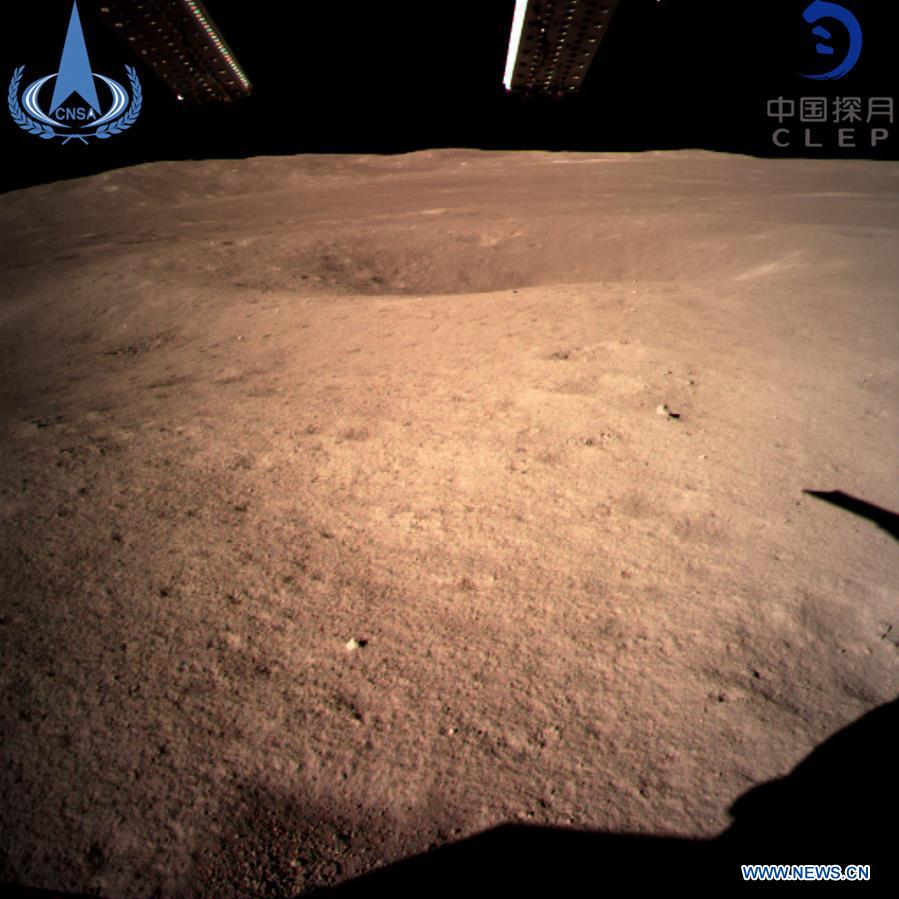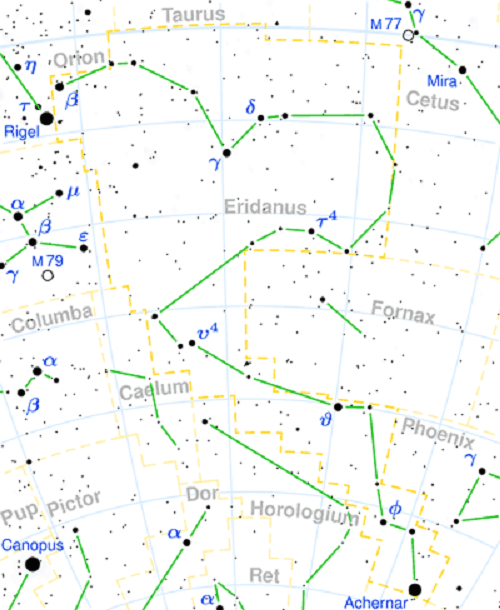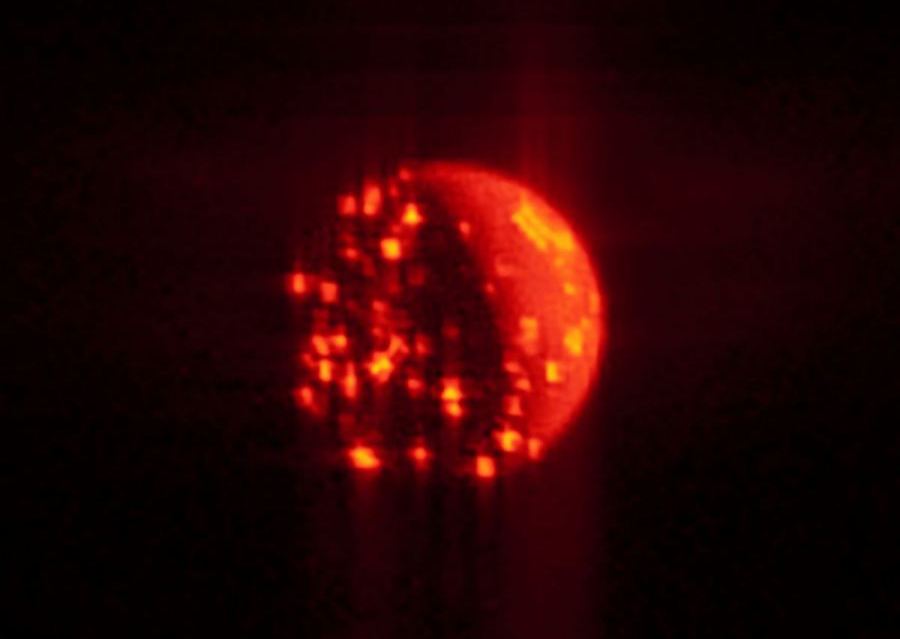The China National Space Administration (CNSA) accomplished a historic feat last week (Thurs. Jan. 3rd) by landing a robotic mission on the “dark side” of the Moon. Known as the Chang’e-4 mission, this lander-rover combination will explore the Moon’s South Pole-Aitken Basin as part of China’s ongoing effort to conduct lunar exploration.
The ultimate goal is to pave the way for an eventual crewed mission that will see Chinese astronauts land on the Moon for the first time. And on Friday, Jan. 4th (Beijing time), the CNSA announced that the mission’s scientific and technical personnel had carried out last minute-checks before the Yutu-2 (“Jade Rabbit-2”) rover disembarked from the lander to begin exploring the lunar surface.
Continue reading “China’s Yutu-2 rover is on the move on the far side of the Moon”







